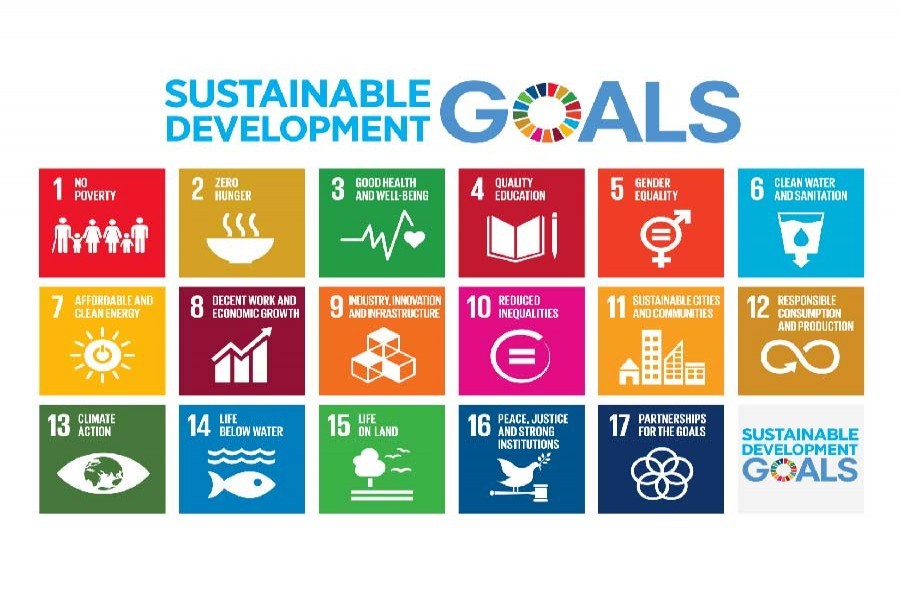Bangladesh's gross domestic product (GDP) growth is expected to surpass that of India, China and Pakistan in the current fiscal, says a latest report of the World Bank. The GDP growth rate in most of the South Asian countries will reach 5.7 per cent this fiscal, it said.
The global lender projected increasing GDP growth rate as Bangladesh has not only been able to raise budgetary allocations for infrastructure development but also has successfully been providing foreign investors with a business-friendly environment.
The WB study says that economic growth took a hit in many of the South Asian nations in 2019 as the impact of the global economic slowdown was compounded by country-specific crises.
The economic slump in India, the deepening recession in the Islamic Republic of Iran, and the looming twin fiscal and balance-of-payments crises in Pakistan have affected the outlook for many of the smaller economies in the region.
Regional GDP growth fell faster than the global average, dropping from 5.6 per cent in 2018 to 3.3 per cent in 2019. But the growth was otherwise bolstered in Bangladesh, Bhutan, the Maldives and Nepal.
The regional outlook for the next couple of years is slightly more optimistic, with growth expected to pick up to 5.1 per cent in 2020 and 5.3 per cent in 2021 as the effects of one-off shocks dissipate and policymakers accelerate fiscal stimulus effort.
While global trade disputes and geopolitical tensions have dampened economic growth elsewhere, Bangladesh, Bhutan and the Maldives have taken advantage of significant economic opportunities created by the turmoil.
In terms of GDP growth, Bangladesh has been ranked among the top three countries in the world. According to a UN report, the current GDP growth rate of only two countries in the world will be higher than that of Bangladesh in 2020. The two countries are Guyana and South Sudan.
The World Bank has painted a bright picture for Bangladesh's economy for the next two fiscal years, pinning hopes on strong domestic demand, exports, investment and remittance. The Global Economic Prospects, a flagship report of the WB Group, said economic activity would grow at an average of 6.7 per cent a year over fiscals 2018-2020, benefiting from strong domestic demand and strengthening exports.
However, the Bank also observed some downside risks for Bangladesh that include fiscal slippages and a setback in implementation of reforms to improve corporate and financial sector balance sheets.
Whatever the growth rate projection, the government must take some precautionary measures to face unpredictable situations arising out of the effects of global slowdown. It needs to adopt a flexible budget for every fiscal year so that it could include priorities later to safeguard the economy.
The government also needs to streamline its expenditure to create more jobs to help the poor get out of poverty. One of the development challenges should be to raise expenditures in the public sector through annual development programme (ADP) and channel more funds to the market. Line ministries should have more institutional capacities to implement ADP and raise public sector infrastructure investments.
What matters most is stability and sustainability of the growth so far achieved. Investment in infrastructure such as power, roads and telecommunications, will be extremely important in this regard.


